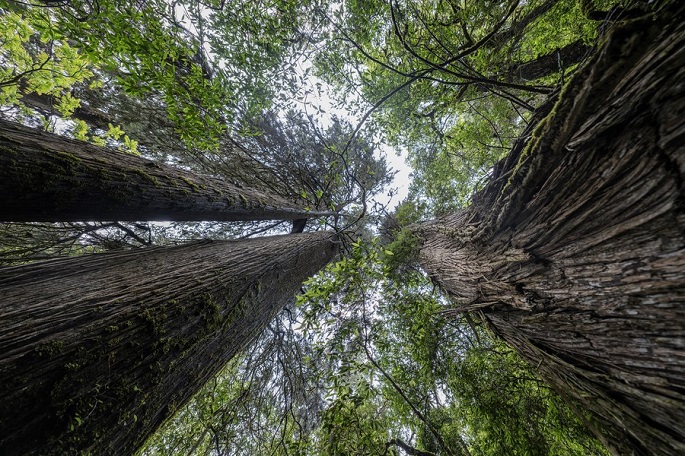Study reveals why trees shift upward under global warming
Published : 19 Jul 2023, 01:26
Over the past 100 years, global warming has caused many high-altitude forests to shift upward. A recent Chinese study reveals the reason behind the phenomenon, reported Xinhua.
Researchers from the Institute of Tibetan Plateau Research under the Chinese Academy of Sciences analyzed 8-10 years of trees and shrubs observation data in the same region in southeastern Tibet.
They found that under a spring warming of 1 degree Celsius, growth advances by 2-4 days in trees but delays by 3-8 days in shrubs. The different response to warming was due to shrubs being much more sensitive than trees to chilling environments.
The study has been published in the journal National Science Review.
The researchers then had a global meta-analysis combined with a process-based growth model to explore drivers of growth shifts in response to warming across 11 alpine treelines in the Northern Hemisphere. Treeline is the elevation at which trees no longer grow.
The analysis proved that trees are more sensitive to spring warming than shrubs as expected. Shrubs are instead more influenced by chilling accumulation than trees. Since 1990, climate warming has promoted the growth of trees in alpine treelines, while shrubs have not responded significantly to warming.
The researchers said that under the background of global warming, the rate of warming at high altitudes is significantly higher than that at low altitudes. It would involve shortening the growing season for shrubs while extending it for trees. The growth mismatch could confer a competitive advantage to trees over shrubs by increasing growth, carbon gain and improving resource availability, potentially promoting upward treeline shifts in cold mountainous regions.


